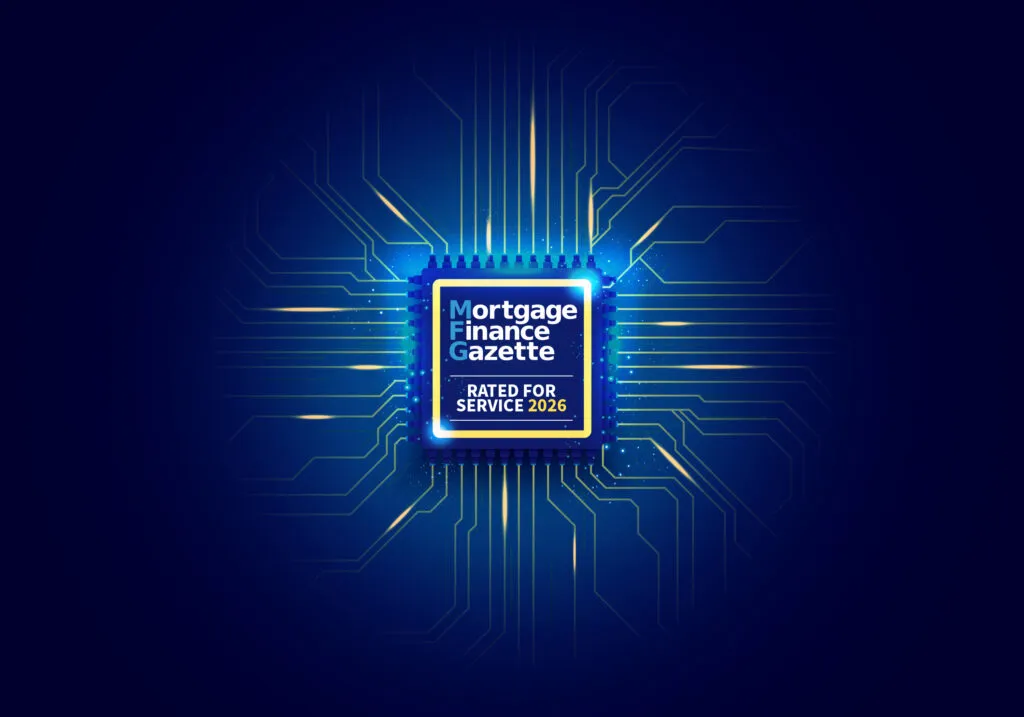
Financial fraud and the cost of complying with anti-money laundering regulations have increased significantly since the pandemic began.
Lenders are having to deal with an increasing range of fraudulent activity.
These can range from an individual attempting to lie about their income, or failing to divulge they have just left their job two-weeks before the mortgage begins, to more organised criminal endeavours.
When it comes to criminal behaviour, lenders need to be on their guard, or they face the risk of heavy fines. Kroll, the governance and risk consultancy, found in its latest review that authorities levied almost $1bn of fines for anti-money laundering failures during the first six months of 2021.
At SmartSearch we recently conducted a survey with regulated businesses including lenders which found, a third are still relying on out-dated manual methods to confirm ID, and check people against sanctions lists.
Manual methods leave lenders exposed
The level of sophistication of forgeries now makes them almost impossible to detect with the naked eye. It takes a trained expert to even know the signs to look for, and even then, there are some forgeries that are indistinguishable from the real thing.
These forgeries are no longer the work of master criminals, anyone with rudimentary photo-editing skills can digitally alter a photo of ID, bank statement, payslip or utility bill that will easily by-pass the eye-test.
Using manual documents not only runs the risk of a forgery slipping through the net, but it is also incredibly time consuming.
This is completely wasted time. Electronic verification negates the need for requesting a physical document, or an image of the document. With just a name, address and date of birth, the latest technology can combine credit reference data, biometric facial recognition, and digital fraud checks as well as electoral roll data and other reliable public sources to establish identity.
By triple checking these different sources of information a unique ‘composite digital identity’ is produced. This digital identity is virtually impossible to fake. All this can be done online, with no need for in-person meetings, face coverings or hard copies of documents.
Within the same process the applicant is automatically screened against sanctions and Politically Exposed Persons watch-lists and monitored daily thereafter. The AML (anti-money laundering) onboarding job is then complete and there is no need to worry about those regular changes to watch-lists as the system will continually monitor these and update customer details.
Lenders can be up and running with a full one-stop-shop electronic AML platform that partners with the world’s best data suppliers in 24 hours, and it is easy for those working from home to access and use the platform. And with the increase in fraud recently, those who are still using manual methods should make the switch as soon as possible. Or leave themselves open to hefty fines.
John Dobson is chief executive of SmartSearch



